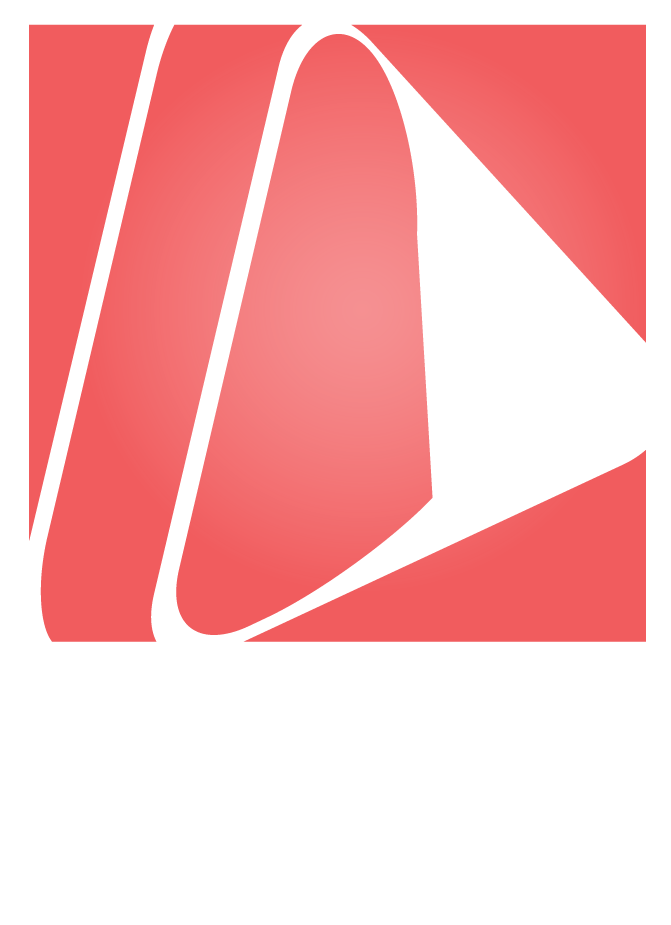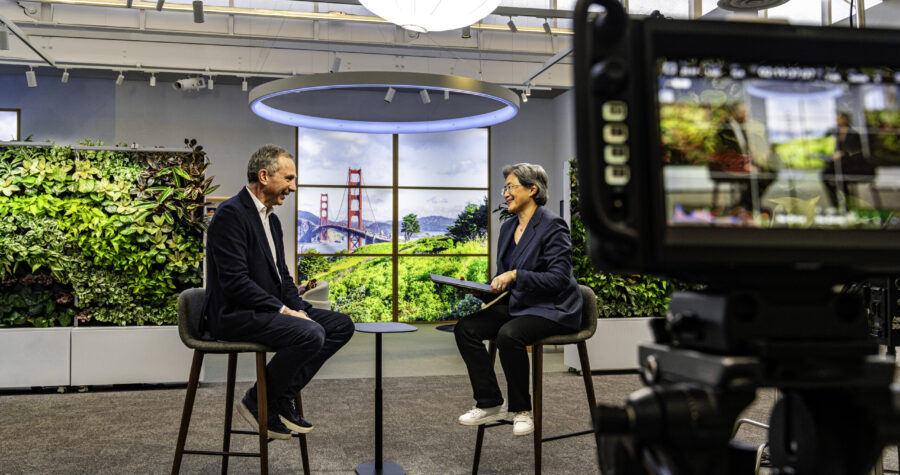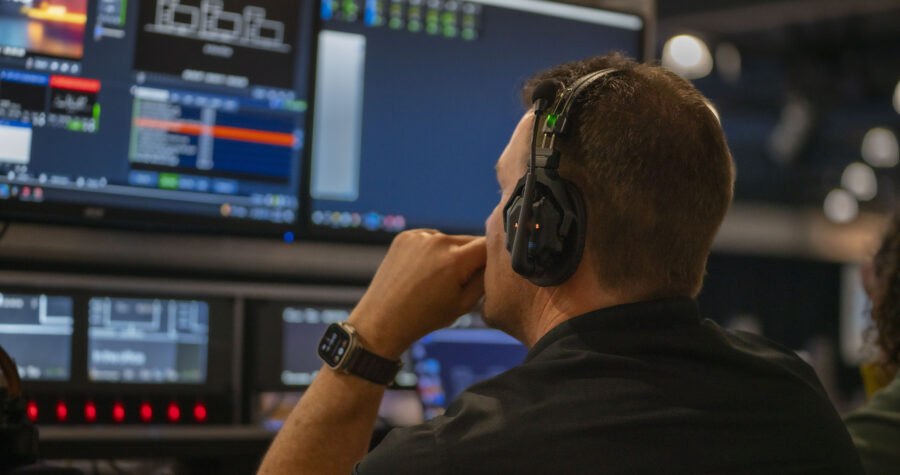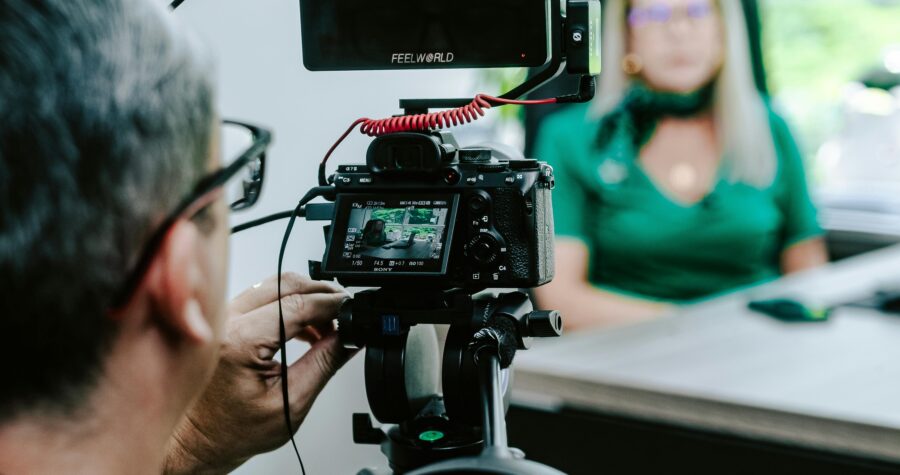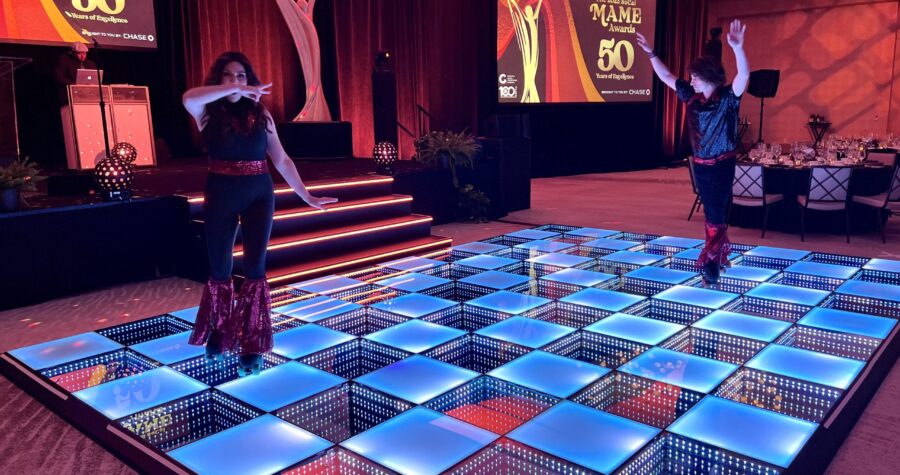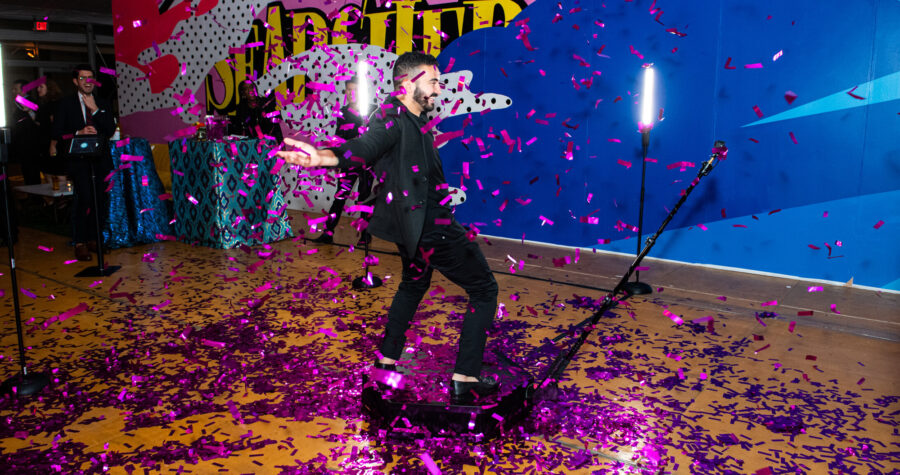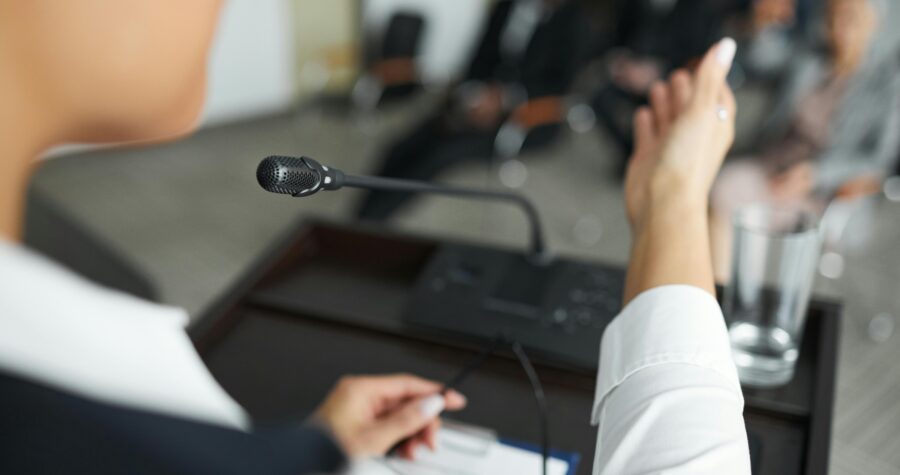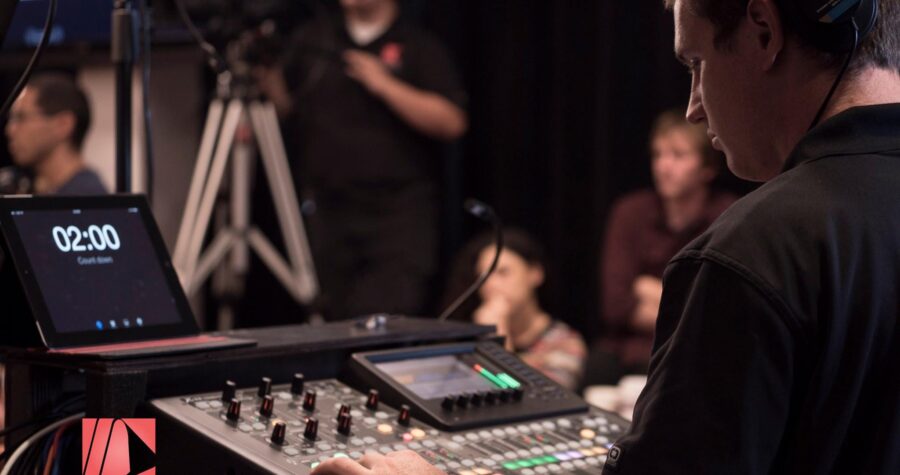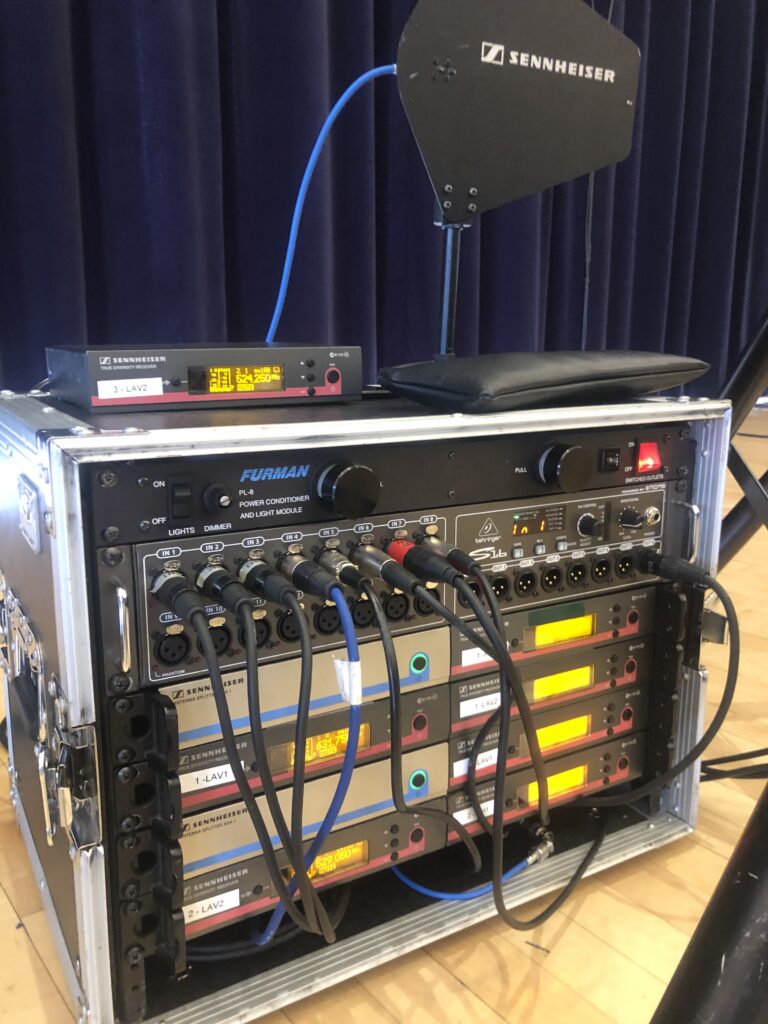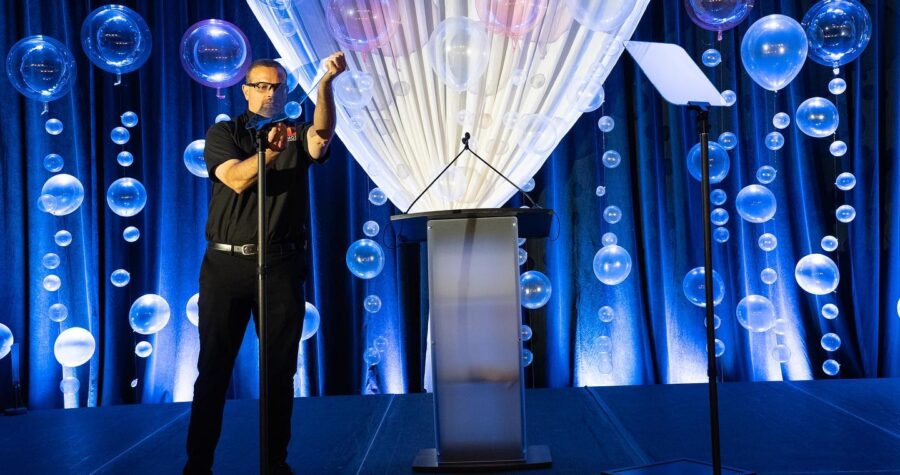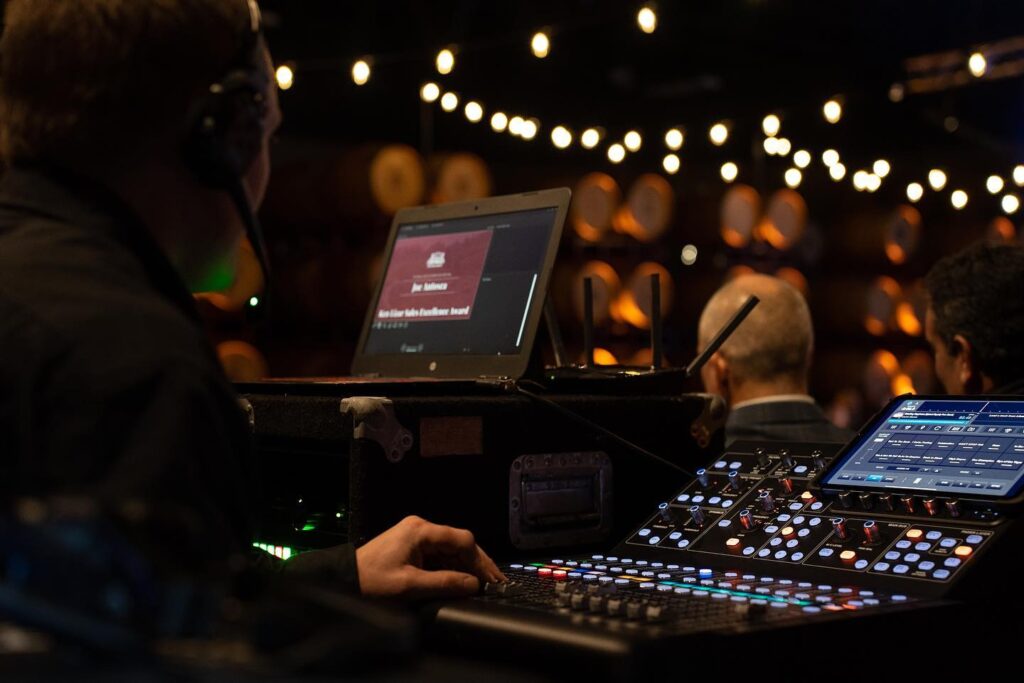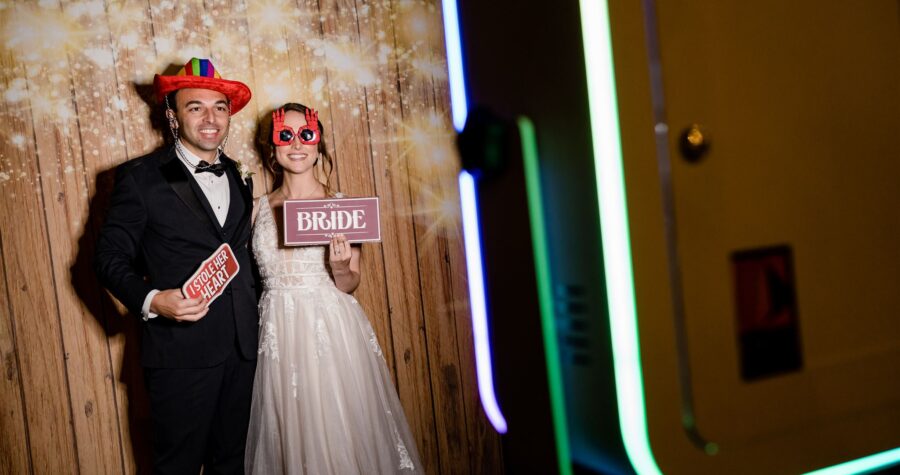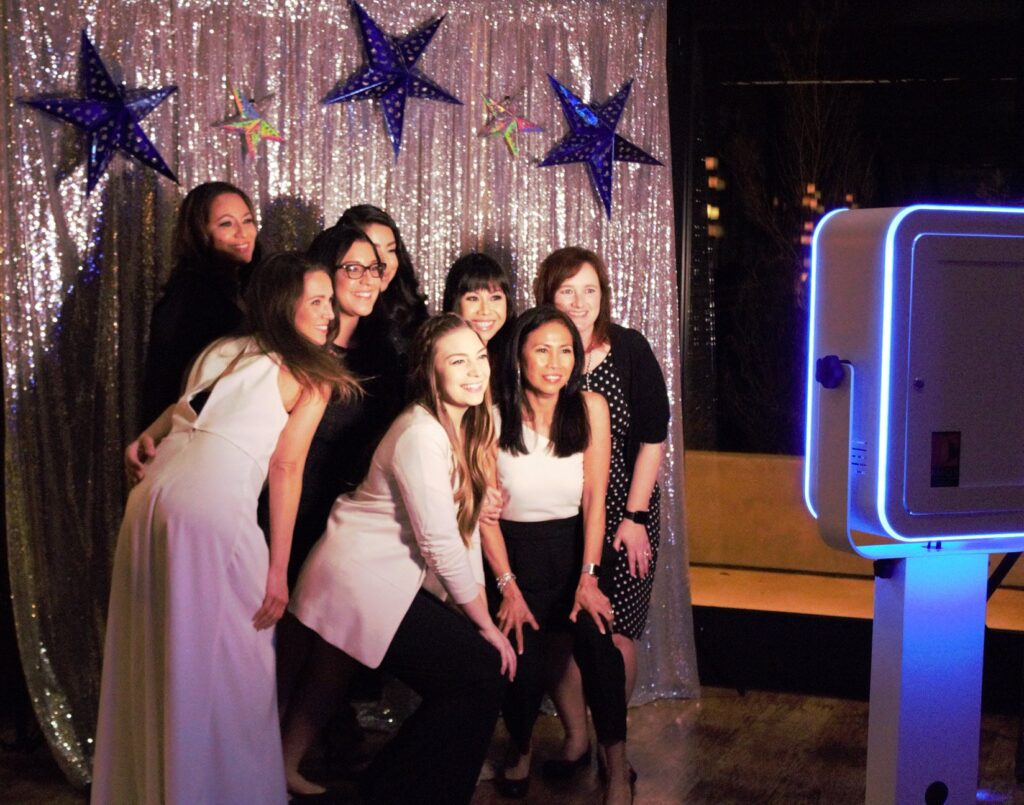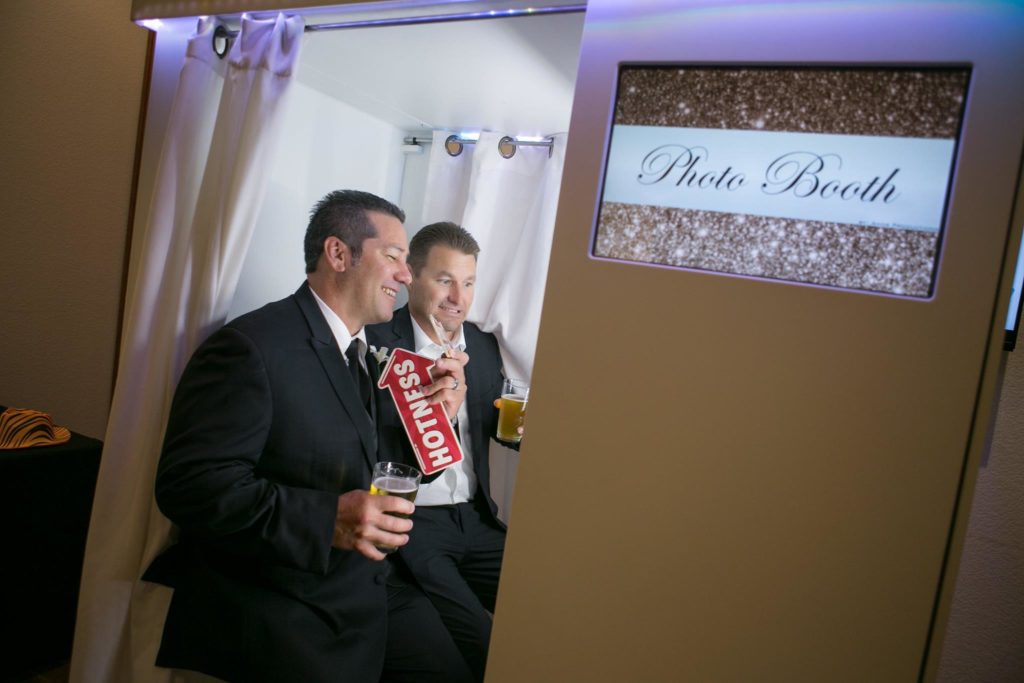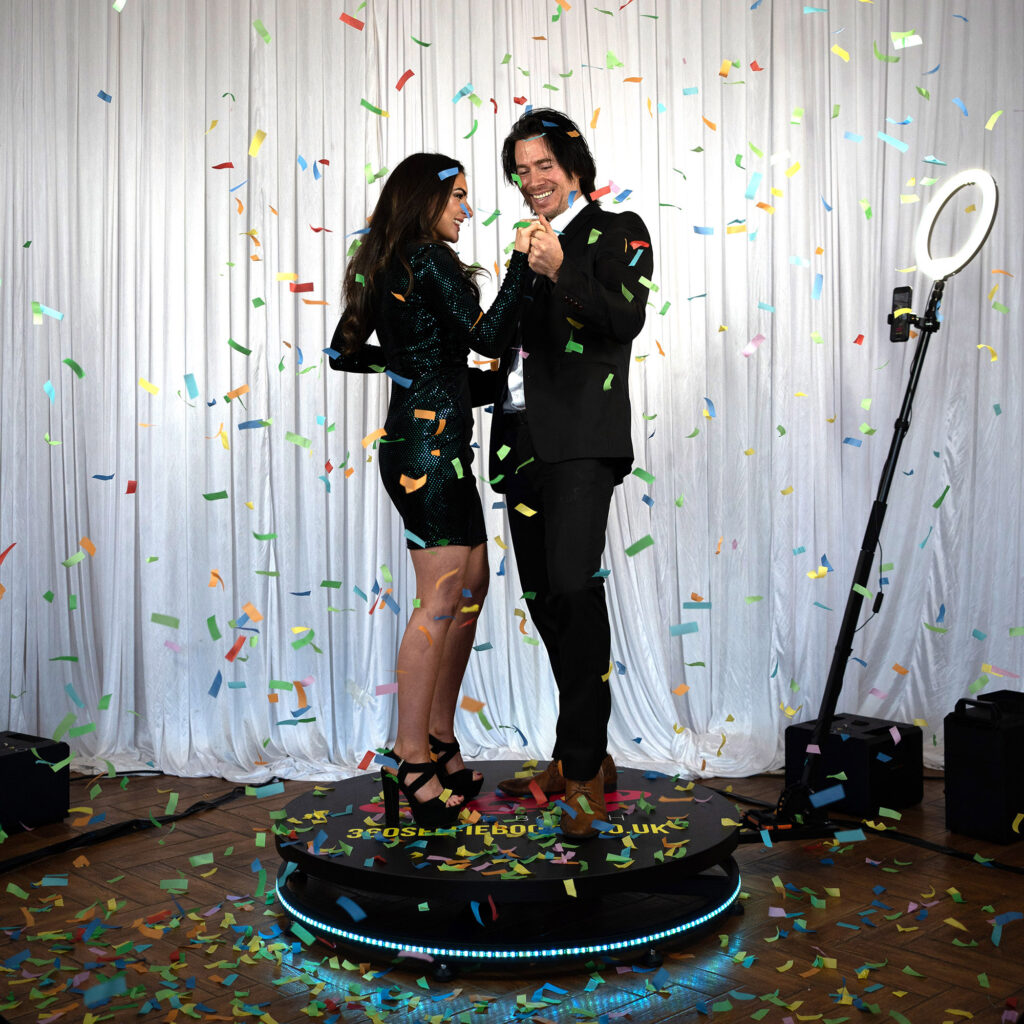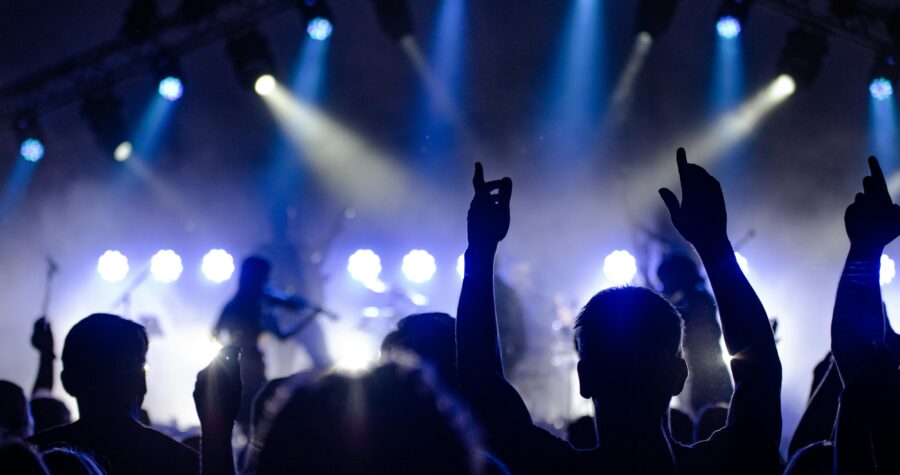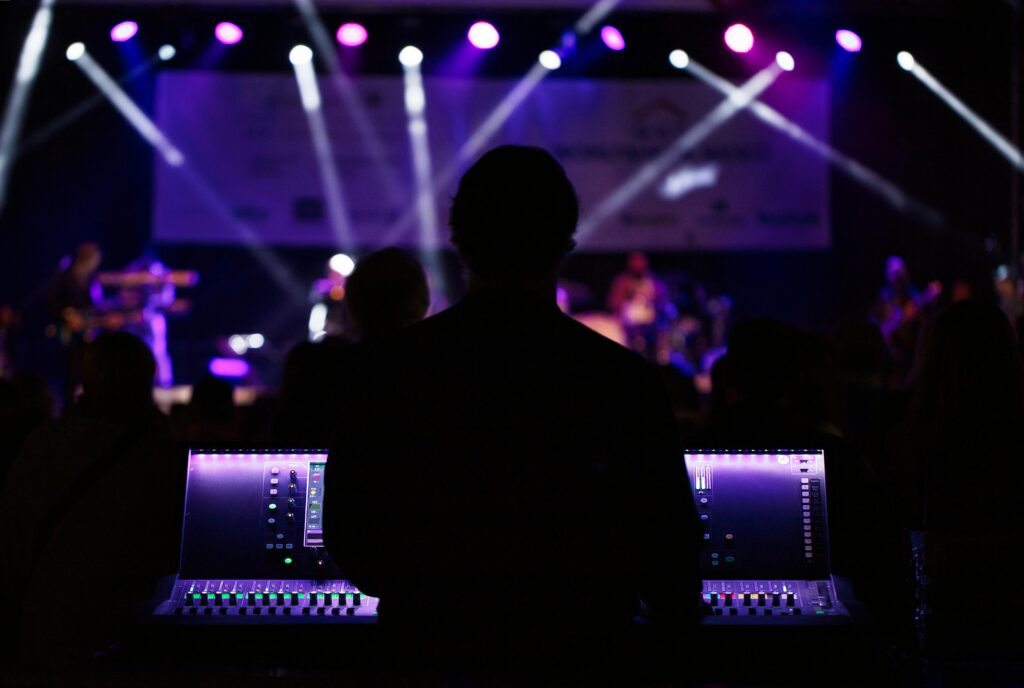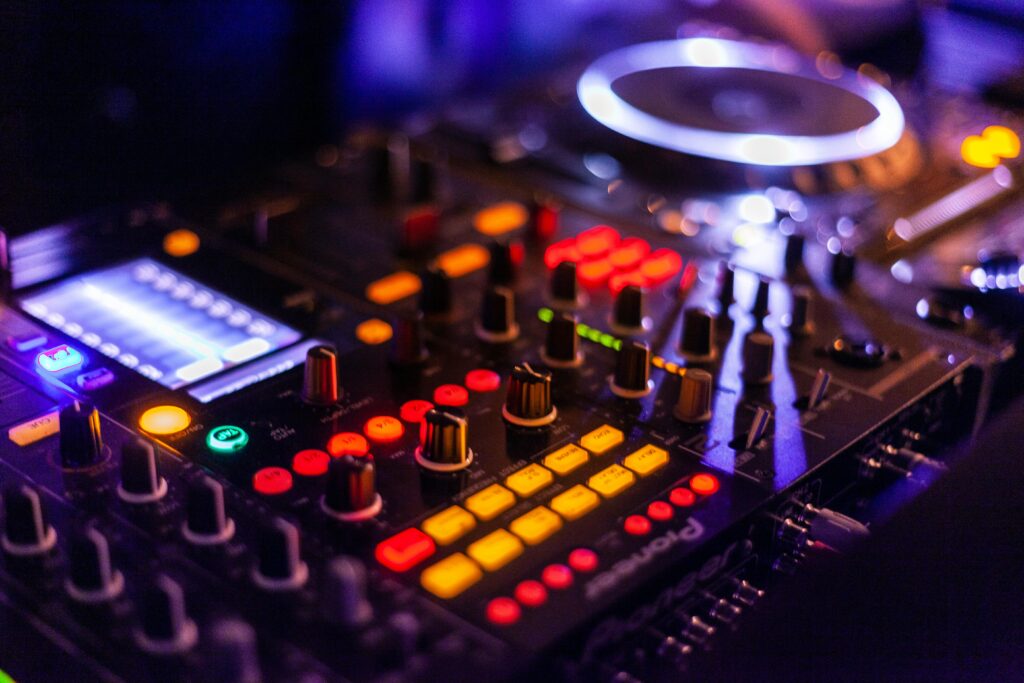HP vs AMD vs AMOSPRO
Capturing a Moment in Tech Leadership: Our Video Production for the CEOs of HP and AMD
When the CEOs of two of the world’s leading tech giants—HP and AMD—sit down for a conversation, the stakes are high, and so is the need for flawless execution. That’s exactly why we were brought in: to deliver a premium, multi-camera video production with an incredibly fast turnaround.
The goal? Capture the discussion between the two CEOs in real-time with minimal need for post-production editing. That meant everything needed to be dialed in perfectly—live.
To make that happen, we deployed a full-scale broadcast production setup, including:
4 broadcast-grade cameras, strategically placed to cover wide shots, individual close-ups, and dynamic two-shots.
Softbox lighting, to ensure each frame was evenly lit, clean, and visually engaging—no shadows, no guesswork.
High-end microphones and a professional sound board, guaranteeing crisp, studio-quality audio for both speakers.
Live switching and recording, powered by our mobile broadcast production unit, which allowed us to cut the conversation live, significantly reducing editing time and accelerating delivery.
This kind of live-switched, multi-cam setup is what we specialize in—particularly when time is tight and quality cannot be compromised. Our ability to handle high-profile shoots like this with confidence and precision is a testament to the gear we bring, the team we field, and the process we’ve refined over years of experience.
The result? A polished, professional video ready for distribution within hours—not days.
Whether it’s a CEO roundtable, product launch, or high-stakes panel conversation, we’re built for this level of production. Fast, seamless, and production-ready—right out of the gate.
If you’re looking to capture your next big moment on camera, let’s talk.
Unedited Video
These two are professionals and we filmed the conversation in one take, we also captured some B-roll of the laptop to quickly insert in post production. The video below was the raw, unedited, version but we did boost some colors, add some titles, logos and the B-roll and handed them the final version an hour after it was recorded.
Photo Album
Here are some Behind the Scenes photos of our crew and our gear in action. Again, we were asked to film and record the conversation live for a high-end broadcast. They wanted a high quality recording with a fast turn around so we brought out the whole broadcast unit. Typically, we would record first and edit later.
